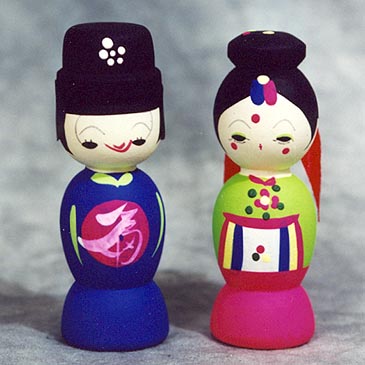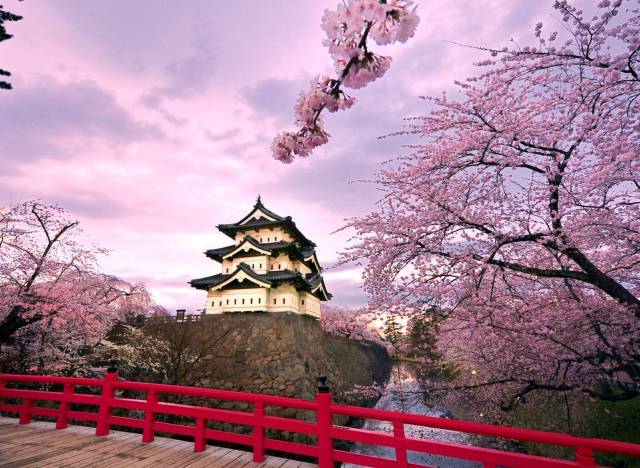http://video.pba.org/video/2365060703/
(watch this video before reading this, or after. Honestly, it’s up to you. Just watch it ok?)
“The term cosplay corresponds to an abbreviation of the English words costume play, though the term was coined in Japan the practice is not solely Japanese. The use of the term cosplay applies to any costumed role play out side of theaters. Characters are often taken from popular Japanese fiction. Popular sources that fans draw from include anime, manga, video games, comic books, and graphic novels. American cos-players practice this form of fandom at anime conventions. However there are a growing number of web pages and photo sites dedicated to the art of cos-playing, such as DeviantArt and Cosplay.com.”
I have honestly yet to find out just when cosplay started, nor do I know when exactly it traveled over to America. From a Japanese subculture, to an American subculture; Cosplay was an underground hobby for comic and manga enthusiast alike. It really wasn’t until (to my understanding) around 2010 that cosplay began to really grow. Cosplayers got way creative, more intricate costumes were made, the number of people going to conventions really bumped up. It was amazing to bear witness to. Lights, hoop skirts, armor, swords, halberds, holsters, helmets with built in mics.
Oops, got a bit off topic. *Ahem*
It grew, and grew, until finally what was once viewed as just a hobby became something more. People actually started making a career from cosplay. Modeling, selling prints, taking commissions, competing. Cosplay became a growing enterprise of sorts. Then of course it began to catch the eye of the media, and shows (more like shit shows) like Heroes of Cosplay were created. There were documentaries as well, good ones and not so good ones. But all of them allowed people to see the various sides of cosplay; as a visual art, a performance art, a hobby, a lifestyle, and a business. Music Videos, books, movies, shows, you name it! Cosplay spread through the media in a multitude of ways, attracting an ever-growing audience.
Source
http://en.wikipedia.org/wiki/Japanese_pop_culture_in_the_United_States

![]()







